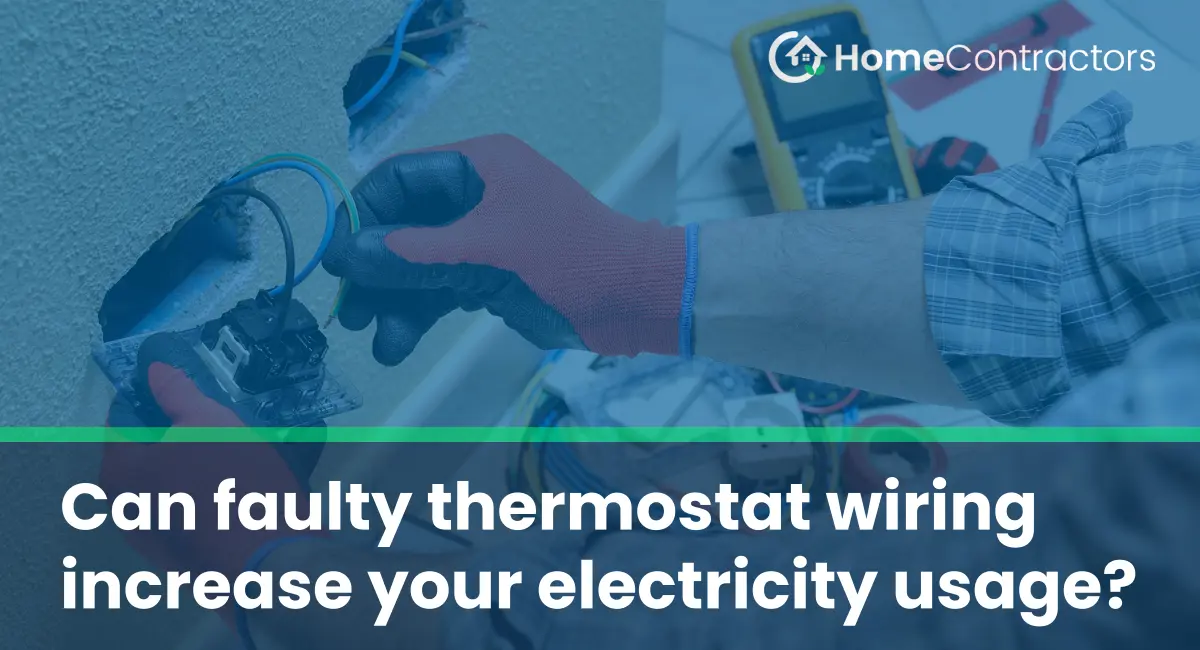Thermostats play a crucial role in maintaining the desired temperature in our homes. However, faulty wiring within a thermostat can lead to a range of issues, including increased electricity usage. In this article, we will explore how faulty thermostat wiring can impact your electricity consumption and provide insights into troubleshooting and resolving these issues.
Understanding thermostat wiring:
Thermostat wiring is responsible for the communication between your heating or cooling system and the thermostat itself. It consists of several wires that connect different components, including the power supply, fan, and HVAC system. Proper wiring is essential for the accurate functioning of the thermostat and effective control over your home’s temperature.
Effects of faulty thermostat wiring on electricity usage:
- Constant power consumption: Faulty wiring can cause the thermostat to remain powered continuously, even when it should be turned off. This results in constant electricity usage, leading to increased energy bills and unnecessary wastage of power.
- Inaccurate temperature readings: Faulty wiring can disrupt the communication between the thermostat and the HVAC system, leading to inaccurate temperature readings. As a result, the thermostat may not shut off the heating or cooling system when the desired temperature is reached. This continuous operation can significantly contribute to higher electricity usage.
- Inefficient HVAC operation: Faulty thermostat wiring can also affect the overall efficiency of your HVAC system. If the wires are not correctly connected, the system may not receive the proper signals to cycle on or off at the appropriate times. Consequently, the system may run longer than necessary, consuming more electricity and raising your energy bills.
Troubleshooting and resolving faulty thermostat wiring issues:
- Check for loose or disconnected wires: Start by inspecting the wiring connections inside the thermostat. Look for any loose or disconnected wires and ensure they are securely attached. If you find any issues, reconnect or tighten the wires as necessary.
- Verify compatibility: Ensure that the wiring configuration of your thermostat is compatible with your HVAC system. Check the manufacturer’s guidelines or consult a professional if needed. Using incompatible wiring can lead to malfunctions and increased electricity usage.
- Seek professional assistance: If you are uncertain about your thermostat wiring or unable to identify the underlying issue, it is advisable to seek professional assistance. An experienced technician can diagnose the problem accurately, repair or replace faulty wiring, and optimize your thermostat’s performance.
Faulty thermostat wiring can indeed increase your electricity usage and impact the comfort and efficiency of your home. It is crucial to be aware of the potential issues caused by such wiring problems and take the necessary steps to troubleshoot and resolve them. Regular maintenance and periodic inspections can help identify and prevent faulty wiring, ensuring optimal performance and energy savings for your heating and cooling systems.
